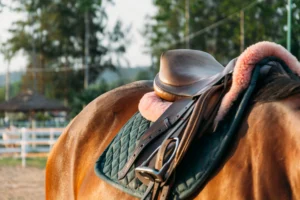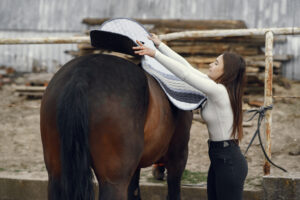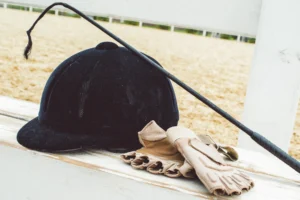Introduction
The majestic blue roan quarter horse has captivated equestrians for generations with its striking appearance and versatile abilities. With their distinctive blue-black coat scattered with white hairs creating that sought-after “roan” pattern, these horses stand out in any arena or pasture. However, despite their popularity, the blue roan quarter horse remains surrounded by misconceptions that can significantly impact your training approach and relationship with these magnificent animals.
Whether you’re considering purchasing a blue roan quarter horse for sale or already own one of these remarkable equines, understanding the truth behind common myths is essential. As dedicated horse enthusiasts ourselves at PetsPump, we’ve encountered numerous misconceptions about blue roan quarter horses that can hinder effective training and care.
In this comprehensive guide, we’ll debunk four persistent myths about the blue roan quarter horse and provide evidence-based insights to help you develop a more effective training approach. From genetics to temperament, we’ll explore what makes these horses unique while separating fact from fiction.
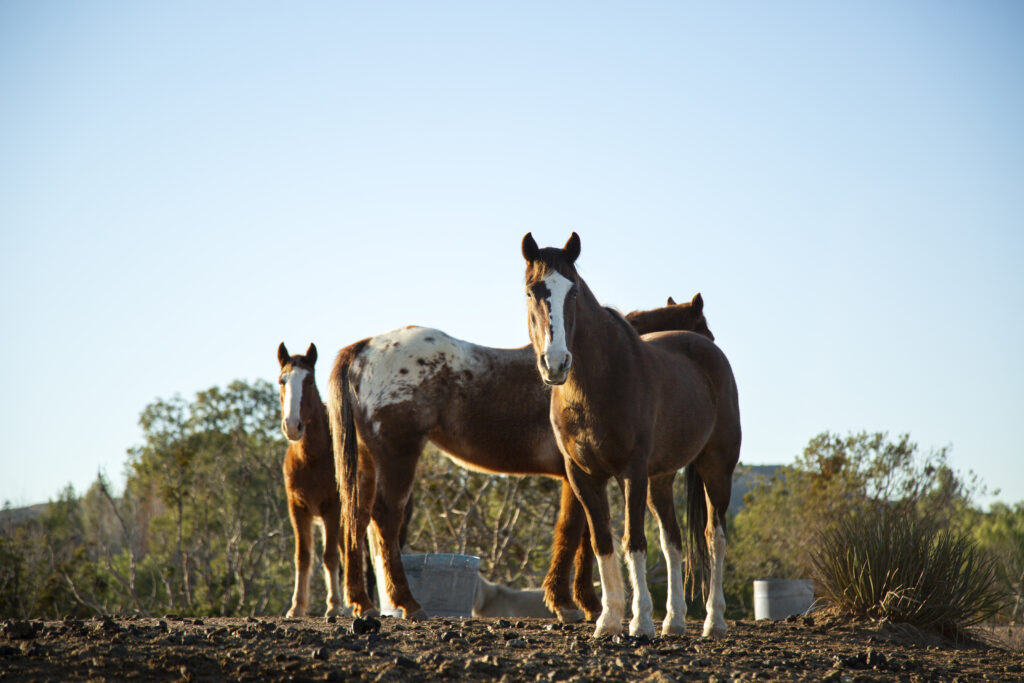
Understanding the Blue Roan Quarter Horse
Before diving into the myths, let’s establish what exactly defines a blue roan quarter horse. A blue roan horse displays a coat pattern characterized by a relatively even mixture of white and dark hairs over most of the body, while the head, lower legs, mane, and tail remain dark. In the case of a blue roan quarter horse specifically, the base coat is black, creating that distinctive steel-blue appearance when mixed with white hairs.
The American Quarter Horse Association (AQHA) recognizes the blue roan as one of several roan variations, alongside red roan and bay roan. What makes the blue roan quarter horse especially distinctive is the combination of this captivating coat color with the muscular build, speed, and cow sense that defines the American quarter horse breed.
Many enthusiasts seek out a blue roan quarter horse for sale not only for their striking appearance but also for the versatility that makes quarter horses America’s most popular breed. From western disciplines like cutting and reining to English riding events, the blue roan quarter horse excels across various equestrian activities.
Now, let’s address the myths that might be affecting your approach to training and managing your blue roan quarter horse.
Myth #1: Blue Roan Quarter Horses Have a More Difficult Temperament
One of the most persistent myths surrounding the blue roan quarter horse concerns temperament. You may have heard that blue roan horses, particularly blue roan stallions, are naturally more stubborn, aggressive, or difficult to train than horses of other colors. This misconception has led many trainers to approach blue roan quarter horses with preconceived notions that can actually create training problems.
The Truth:
The blue roan horse’s temperament is not determined by coat color. Extensive research and experience from professional trainers confirm that a blue roan quarter horse will display temperament traits consistent with quarter horses in general, which are known for their level-headedness and trainability. The genetics that create the blue roan coloration have no scientific connection to behavioral traits.
Dr. Sarah Miller, an equine geneticist at Colorado State University, explains: “The genes responsible for roan coloration in horses are completely separate from those influencing temperament and behavior. A blue roan quarter horse inherits its temperament from its lineage and individual genetics, just like any other horse.”
What often happens is that owners and trainers approach blue roan horses differently based on expectations or old wives’ tales. Whether handling a blue roan mare or stallion, remember that individual personality, training history, and bloodlines have far more influence on temperament than coat color.
Training Implication:
Approaching your blue roan quarter horse without color-based prejudices allows for more effective training. Focus on reading your individual horse’s cues and responses rather than expecting certain behaviors based on their blue roan coloration. This mindset shift can dramatically improve your training outcomes and relationship with your horse.
Myth #2: Blue Roan Quarter Horses Will Eventually Turn Grey
Another common misconception about the blue roan quarter horse involves coat color changes. Many people believe that blue roan horses will eventually “grey out” or turn white as they age, similar to grey horses. This misunderstanding can affect purchase decisions and create confusion about what constitutes a true blue roan horse.
The Truth:
A true blue roan quarter horse maintains its distinctive blue roan coloration throughout its life. Unlike grey horses, which are born dark and progressively lighten with age until becoming completely white, blue roan horses retain their characteristic mixture of colored and white hairs. The key distinction between a blue roan vs grey horse lies in the genetics and progression of the coat color.
The roan gene creates the distinctive intermixing of white hairs with the base coat color, but importantly, this pattern remains relatively stable throughout the horse’s life. Seasonal variations may occur, with some blue roan quarter horses appearing darker in winter when their coat grows thicker and slightly lighter in summer, but they won’t progressively turn white like grey horses.
Blue roan foals are typically born solid-colored or with minimal roaning, developing their characteristic roan pattern during their first year. This developmental pattern sometimes contributes to the confusion, as people mistake the initial color change for evidence that the horse will continue changing color throughout its life.
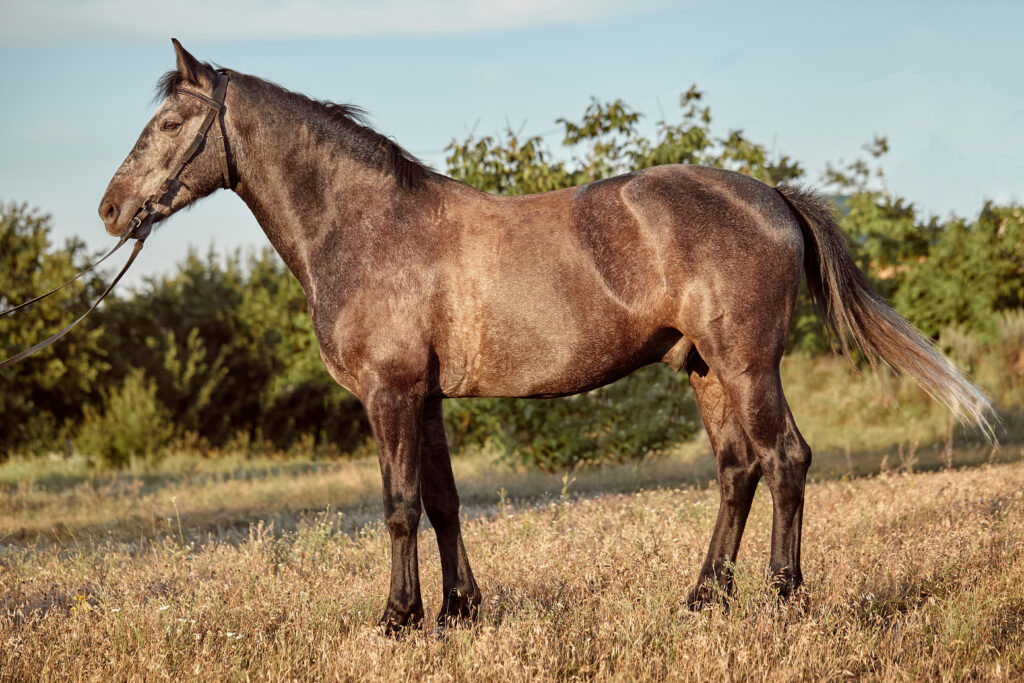
Training Implication:
Understanding that your blue roan quarter horse’s color is stable helps prevent misidentification and unnecessary concerns about color “fading.” This knowledge allows you to focus on training and performance rather than worrying about color changes. Additionally, being able to properly identify a blue roan horse ensures you’re making informed decisions when looking at a blue roan quarter horse for sale.
Myth #3: All Blue Roan Quarter Horses Have the Same Genetic Background
Many horse owners believe that all blue roan quarter horses share similar genetic backgrounds or come from specific bloodlines. This myth can lead to assumptions about expected performance capabilities or suitability for certain disciplines based solely on color.
The Truth:
While the blue roan coloration is indeed genetic, blue roan quarter horses come from diverse bloodlines spanning the entire quarter horse breed. The roan gene can appear in many different quarter horse lineages, from cutting and reining bloodlines to racing and halter lines.
The American Quarter Horse Association recognizes blue roan horses across all its divisions and disciplines. You’ll find blue roan quarter horses excelling in cutting (blue roan cutting horse specialists are particularly striking in the arena), reining, barrel racing, roping, and as all-around ranch horses (blue roan cow horses have a storied tradition in working cattle).
Dr. James Thompson, equine genetics researcher, notes: “The genetics of blue roan coloration in quarter horses is independent of the genes responsible for athletic ability, conformation traits, or aptitude for specific disciplines. A blue roan quarter horse might excel at cutting not because of its color, but because of the performance genetics in its pedigree.”
Some of the best blue roan bloodlines come from famous quarter horse sires and dams who happened to carry the roan gene, rather than from bloodlines specifically developed for color. The blue roan stallion or blue roan mare you’re considering should be evaluated based on their individual conformation, movement, pedigree, and training history—not just their beautiful blue color.
Training Implication:
Assess your blue roan quarter horse’s abilities and potential based on their individual qualities, pedigree, and demonstrated aptitudes rather than making assumptions based on color. This approach allows you to develop a training program tailored to your specific horse’s strengths and needs, rather than following a one-size-fits-all approach for all blue roan horses.
Myth #4: Blue Roan Quarter Horses Require Special Care or Training Methods
Some horse owners believe that the blue roan quarter horse requires unique care regimens or specialized training approaches due to their distinctive coloration. This misconception can lead to unnecessary complications in horse care and training protocols.
The Truth:
Blue roan quarter horses have the same basic care requirements as quarter horses of any other color. Their distinctive coat doesn’t demand special grooming products, unique nutritional considerations, or alternative training methods. The blue roan horse meaning in terms of care is exactly the same as for any other quarter horse.
However, one notable observation is that the blue roan coat may show dirt and sweat marks more visibly than some other colors, which might necessitate more frequent grooming to maintain their striking appearance. Additionally, some blue roan horses may experience more noticeable seasonal color variations, appearing slightly darker in winter months when their coat thickens.
In terms of training, the blue roan western horse responds to the same techniques and approaches that work with quarter horses of any color. The blue roan horse temperament reflects individual personality and training history rather than color-specific traits.
Chelsea Anderson, a professional quarter horse trainer with over 15 years of experience working with horses of all colors, including numerous blue roan quarter horses, emphasizes: “I approach each horse as an individual regardless of color. My blue roan quarter horses have shown the same range of personalities and learning styles as any other color. The key is reading the individual horse, not making assumptions based on coat color.”
Training Implication:
Focus on proven, effective training methods appropriate for quarter horses in general, adapting your approach based on your individual horse’s responses rather than color-based assumptions. This practical approach leads to more effective training outcomes and a stronger partnership with your blue roan quarter horse.
Understanding Blue Roan Quarter Horse Genetics
To fully appreciate what makes a blue roan quarter horse special, it’s worth understanding the genetics behind this fascinating coat color. Blue roan horse genetics involve a specific combination of factors that create the distinctive appearance.
The roan pattern is controlled by a dominant gene (Rn), meaning a horse needs only one copy of this gene to display the roan pattern. However, the “blue” aspect comes from the horse having a black base coat. This means that to get a blue roan quarter horse, you need:
- At least one copy of the roan gene (Rn)
- A black base coat (E_ aa)
Blue roan horse genetics differ from other roan variations:
- Red roan: Chestnut base coat with roan gene
- Bay roan: Bay base coat with roan gene
Understanding these genetics helps explain why identifying a blue roan horse accurately requires more than just a casual glance. True blue roan quarter horses will maintain their distinctive color throughout their lives, though seasonal variations may occur.
Finding Quality Blue Roan Quarter Horses
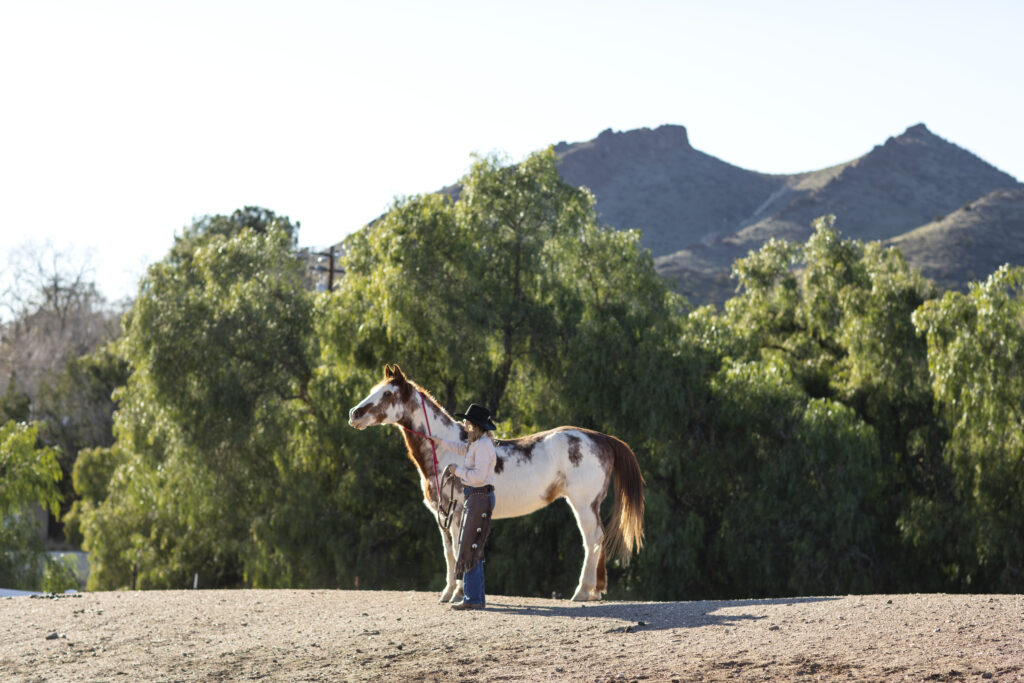
If you’re in the market for a blue roan quarter horse for sale, here are some tips to ensure you’re getting a quality horse beyond just the attractive color:
- Verify the registration: Ensure the horse is registered with the American Quarter Horse Association as a blue roan.
- Evaluate conformation: Look beyond color to assess the horse’s structure, movement, and overall build.
- Research bloodlines: Investigate the pedigree to understand the horse’s genetic background and potential aptitudes.
- Consider your discipline: Whether you’re looking for a blue roan cutting horse, a blue roan cow horse, or a blue roan western horse for pleasure riding, find one with appropriate training or potential.
- Assess temperament: Spend time with the horse to evaluate its individual personality and how it matches your experience level and needs.
- Get a veterinary exam: Have a thorough pre-purchase exam conducted to identify any health concerns.
Remember that while the blue roan coloration is stunning, the horse’s health, conformation, training, and temperament should be the primary considerations when making a purchase.
Quarter Horse Colors: Appreciating the Diversity
While this article focuses on the blue roan quarter horse, it’s worth mentioning that quarter horses come in a remarkable variety of colors. Quarter horse colors range from the common sorrel and bay to more unusual patterns like palomino, buckskin, and various roan variations.
Some color patterns in quarter horses are considered among the rare horse colors, with certain variations of roan being less common than others. However, across roan horse breeds, the quarter horse displays some of the most striking examples of blue roan coloration.
The AQHA recognizes 17 different colors for registration purposes, highlighting the genetic diversity within the breed. This color variety is one of many factors that make quarter horses America’s most popular breed, with over 2.8 million registered horses worldwide.
Conclusion
The blue roan quarter horse remains one of the most captivating color variations in the equine world. By debunking these four common myths, we hope to have provided you with a clearer understanding of these magnificent animals. Remember that while their blue roan coloration makes them stand out in a crowd, these horses should be appreciated, trained, and cared for based on their individual qualities rather than color-based assumptions.
Whether you own a blue roan mare, are considering a blue roan stallion for breeding, or simply admire these horses from afar, understanding the reality behind the myths allows for better horsemanship and training outcomes. The blue roan quarter horse deserves to be celebrated for all its qualities—from its striking appearance to its versatile performance capabilities.
At PetsPump, we’re committed to providing accurate, helpful information for horse enthusiasts of all experience levels. If you’re interested in learning more about quarter horses or other equine topics, explore our comprehensive horse care guides for additional resources.
Have you encountered other myths about blue roan quarter horses or have experiences that confirm or challenge the information presented here? We’d love to hear your thoughts and experiences in the comments below!
Veterinary Genetics Laboratory at UC Davis,
References
- American Quarter Horse Association. (2023). Official Handbook of Rules and Regulations. AQHA.
- Smith, J. & Thompson, R. (2022). Equine Color Genetics, 4th Edition. Wiley-Blackwell.
- Miller, S. (2021). “Dispelling Color-Based Behavioral Myths in Horses.” Journal of Equine Veterinary Science, 95, 103314.
- Colorado State University Equine Sciences. (2023). Coat Color Genetics in Horses. Retrieved from https://equinescience.colostate.edu/coat-color-genetics/
- National Reining Horse Association. (2023). Training the Versatile Quarter Horse. NRHA Publications.
- University of Kentucky Equine Research. (2022). Genetic Basis of Coat Colors in the Horse. UK Cooperative Extension Service.



